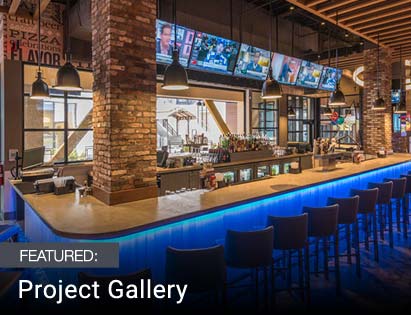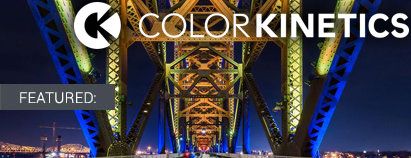Resources
Understanding UL Listings for LED Lights: Dry vs. Damp vs. Wet

There are a number of situations in which LED lighting can be the right choice for homes, stores, restaurants, factories, streetscapes, and other locations. But it’s important to use the right luminaires and lamps for your purposes. Installing a bulb or fixture with electrical components that are not ideal — or worse, not safe — can lead to reduced lifespan, increased risk of electrical shorts, and potential danger for those in the area. The UL listing for a product will help you make an informed decision when looking for LED lighting.
What is UL & What Does UL Listed Mean?
UL marking guides and standards are used in a number of industries for rating product performance and safety. Known in full as Underwriters Laboratories, this independent organization has more than 60 laboratories around the world which do testing and certification for more than 100 countries. In addition to electrical safety, they also do testing for water quality, fire safety, food safety and other fields.UL listed is one of the most common markings used in the lighting industry. If an LED fixture has this marking along with a control number, it means it has met all safety requirements for approved uses and situations. These requirements are usually based on the company’s own published standards, but could also be based on approved third-party standards for a specific industry. Some fixtures also contain the UL Certified mark, a newer marking introduced in 2013 that can be used for both UL Listed and UL Classified products.

Get a Custom Quote
Contact us today and let us assemble a custom quote for your dry, damp, or wet LED fixtures.UL Listed for Dry Locations
The “Dry Locations Only” rating is the most frequent one you will see when shopping for lighting. In fact, it is so ubiquitous that it is often referred to as just “UL Listed”. A dry rating is the right one for a luminaire in a location that rarely, if ever, is at risk of dampness or moisture. This means they are typically used indoors in above-ground rooms. This can include kitchens, dining rooms, hallways, offices, conference rooms, and reception areas.It is worth noting that UL does allow for the use of dry location rated fixtures in areas where temporary dampness may occur, such as building construction or lights installed above bathroom mirrors. In these cases, there must be enough ventilation, whether via fans or natural air flow, to prevent moisture from accumulating.
UL Listed for Damp Locations
Luminaires that are “Suitable for Damp Locations” are approved for areas that are regularly exposed to moisture and condensation. These fixtures can safely handle limited amounts of moisture on, in, and around their electrical components. This rating also encompasses areas that are partially protected from water. However, it does not cover direct water contact.Damp location listed LED lights are frequently used indoors for laundry rooms, over showers and bathtubs, utility rooms, unfinished basements, and similar areas. They can be used outdoors in areas that are protected, such as covered patios or porches, as these locations are usually not at risk of direct rain or snow exposure. These lights typically cost more than dry location lights because more advanced construction is required to meet the higher safety standards.
UL Listed for Wet Locations
Fixtures and lamps that are “Suitable for Wet Locations” can be installed anywhere that liquids might come in direct contact with the electronics. It could be a slow drip, a strong flow or anything in-between. They are typically used outdoors for things such as site lighting, wall packs, open-air decks, walkway lights, gazebos, signs, and holiday lights. Indoor uses range from enclosed showers and pool areas to refrigerators or freezers as a safeguard in case of power failure.There are also three sub-markings associated with wet location luminaires:
- Covered Ceiling Mount Only — these luminaires are only approved for water contact on the front side and not the backside. They should only be installed in a place where any water exposure happens beneath the mounting location, such as vehicle washing areas.
- Suitable for Mounting within 1.2 M (4 Feet) of Ground — this indicates that a light is designed for intermittent splashing and exposure, such as that from a lawn sprinkler. However, it is not safe for below ground where it may be fully immersed.
- Suitable for Ground-Mounted Recessed — a fixture with this marking is approved for use below ground level and can safely be immersed periodically by precipitation.
Other Listings for LED Products (ETL, CSA)
You may have noticed that certain LED fixtures have an ETL marking rather than a UL marking. ETL SEMKO, which was previously known as Electrical Testing Laboratory, is a direct competitor to UL that is part of Intertek. This means their approved products carry a different marking. But although they are competitors, the two companies use similar standards for safety testing. CSA is another common mark you will see when evaluating LED lights and fixtures. CSA (Canadian Standards Organization) is a Canadian laboratory that provides certification and testing services for a variety of products.All three companies (UL, ETL, CSA) are Nationally Recognized Testing Laboratories (NRTL) and any dry/damp/wet rating provided by these NRTLs is a good guideline when selecting a lighting fixture.










